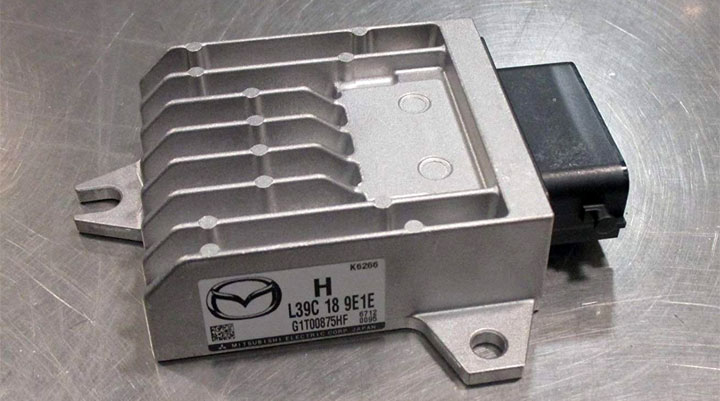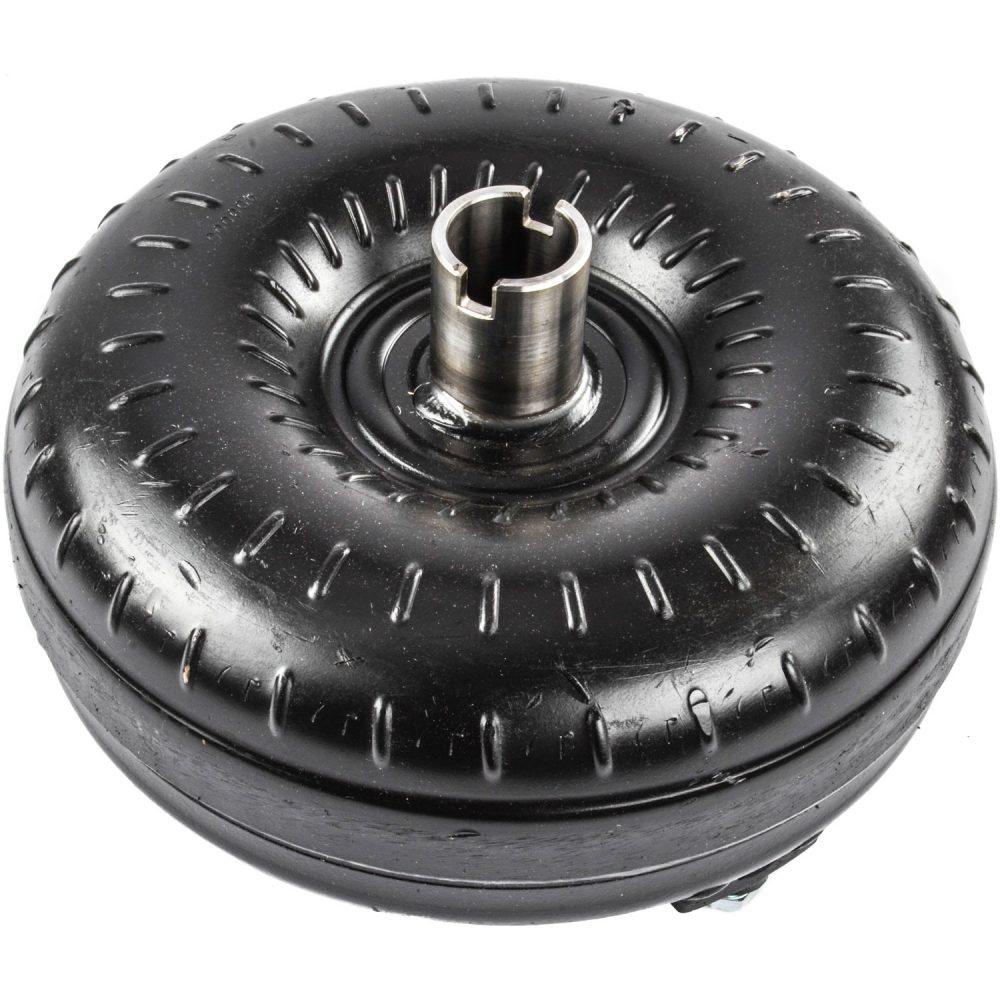A part of the Electronic Control Unit (ECU), the Transmission Control Unit covers everything related to the transmission of a vehicle. It ensures smooth gear shifts and optimal fuel economy and performance. Below we will discuss how does it work and major input and output sensors it uses.
How Does TCU work?

It has the same principle as an ECU. Using input sensors it gathers data then compares it to its onboard memory and then sends out a signal accordingly to manage the output to what its memory recommends. All this is done to keep the performance optimal.
Read More: 10 Most Googled CNG Car Questions – Answered!
The TCU similar to an ECU uses multiple sensors to gather data and then sends signals to necessary parts of a vehicle. Below are the input and output ports of a TCU.
Inputs
These are the sensors giving the information to the TCU ranging from engine sensors to gear sensors. Some of these are mentioned below.
- Vehicle Speed Sensor (VSS)
The VSS allows the TCU to figure out when a gear shift would be necessary by determining the current speed of the car. The VSS alone however isn’t enough and the TCU needs more sensors. - Wheel speed sensor (WSS)

Wheel Speed Sensor The WSS helps determine the true speed of the vehicle and with the ratio of VSS to WSS the TCU can provide gear shifts that are both economical and smooth. The WSS also helps determine if the car is going uphill or downhill which in turn lets the TCU know if a gear shift is necessary.
- Throttle Position Sensor (TPS)
One of the major inputs for the TCU, the TPS provides information about the possible gear change according to the load on the engine. The change in load on the engine allows it to determine if a downshift or upshift of gear is required in the current condition. - Turbine Speed Sensor (TSS)
The TSS sends data about the rotational speed of the torque converter. This helps TCU figure out if there is the slippage or not. It will then lock up the torque converter to prevent anymore slippage. This helps with the fuel economy.
Download The GoMechanic App Now!

Outputs
With the data from input sensors the TCU outputs signals to the following sensors.
- Shift Solenoids
TCU controls the shift solenoids that change gears. It quite simply shifts gears when necessary according to the signal provided by the TCU. Perfect gear shift helps boost fuel economy. - Torque Converter Clutch Solenoid (TCC)

An Automatic Transmission Torque Converter After a lockup because of the TCC, the torque converter will rotate at the same speed as the engine after getting locked up with through the use of solenoids. This provides a big boost to fuel economy as there is no more slippage possible.
- Engine Control Module (ECM)
TCU provides signals to the ECM to slow down the engine a bit which allows the gear shifts to keep up with the heavy throttle. The ECM responds with slowing down the ignition timing thus providing enough time for the TCU to shift gears.
These are some of the sensors that TCU uses to ensure optimal vehicle transmission. The TCU has a lot more sensors and duties to perform but those are outside the scope of this blog. This concludes the brief explanation of TCU.







[…] La transmission control unit (TCU) è la componente del DCT che gestisce le trasmissioni elettroniche. Si serve dei dati forniti dall’unità di controllo del motore per stabilire quando cambiare le marce: in questo modo l’auto gode di prestazioni sempre ottimali e riduce al minimo il consumo di carburante. […]